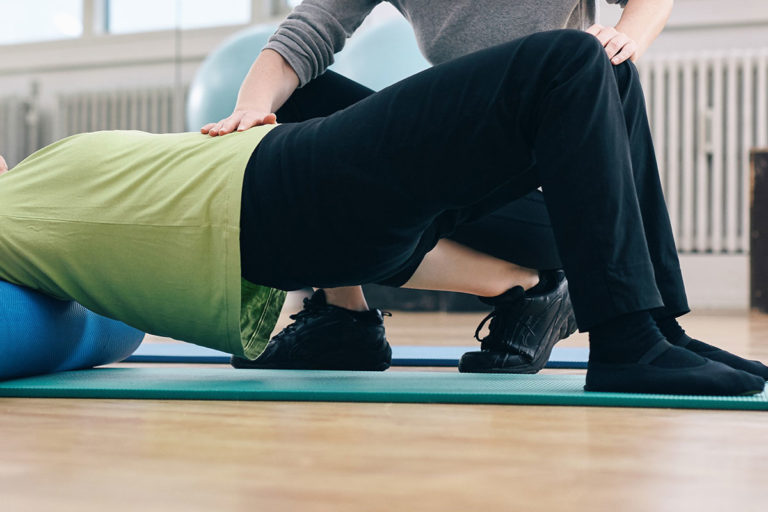
September 7, 2024
A Summary Of Stress Urinary Incontinence
Tension Urinary System Incontinence Sui This indicates that your bladder and urethra have much less support-- usually leading to pee leakage. It is very important to talk with your doctor over time concerning the risks of incontinence and ways you can manage it without interference to your daily life. Incontinence is much more frequently seen in females than in guys.Just How Sui Can Impact Your Life
- With bladder training, your physician might ask you to comply with a fixed peeing schedule.
- When dealt with, constant urination and leak problems brought on by a UTI normally finish.
- Your urinary system is composed of the kidneys, ureters, bladder and urethra.
- Surgery to treat impulse urinary incontinence includes expanding the bladder or implanting a gadget that stimulates the nerve that manages the detrusor muscles.
What is the healing time for stress urinary system incontinence?
Recuperation times will differ with different procedures. Your doctor may advise 2 to 6 weeks of healing prior to you return to regular day-to-day activities. You''ll also get instructions on when you can return to exercise and sex.
Coping And Support
The pessary presses against the wall of your vagina and the nearby urethra. The stress helps hold up the urethra, so you have much less leaking. People with overflow incontinence might need to utilize a catheter to empty their bladder.Problems
Urinary urinary incontinence impacts two times as lots of women as guys. The bladder has muscles that tighten up when you need to pee. When the bladder muscle mass tighten, urine is dislodged of your bladder with a tube called the urethra. At the same time, sphincter muscle mass around the urethra relax to allow the pee out of your body. Every person might benefit from enhancing their pelvic floor muscular tissues with pelvic flooring exercises. Stress incontinence is generally the result of the weakening of or damages to the muscular tissues utilized to prevent peeing, such as the pelvic floor muscular tissues and the urethral sphincter.Social Links